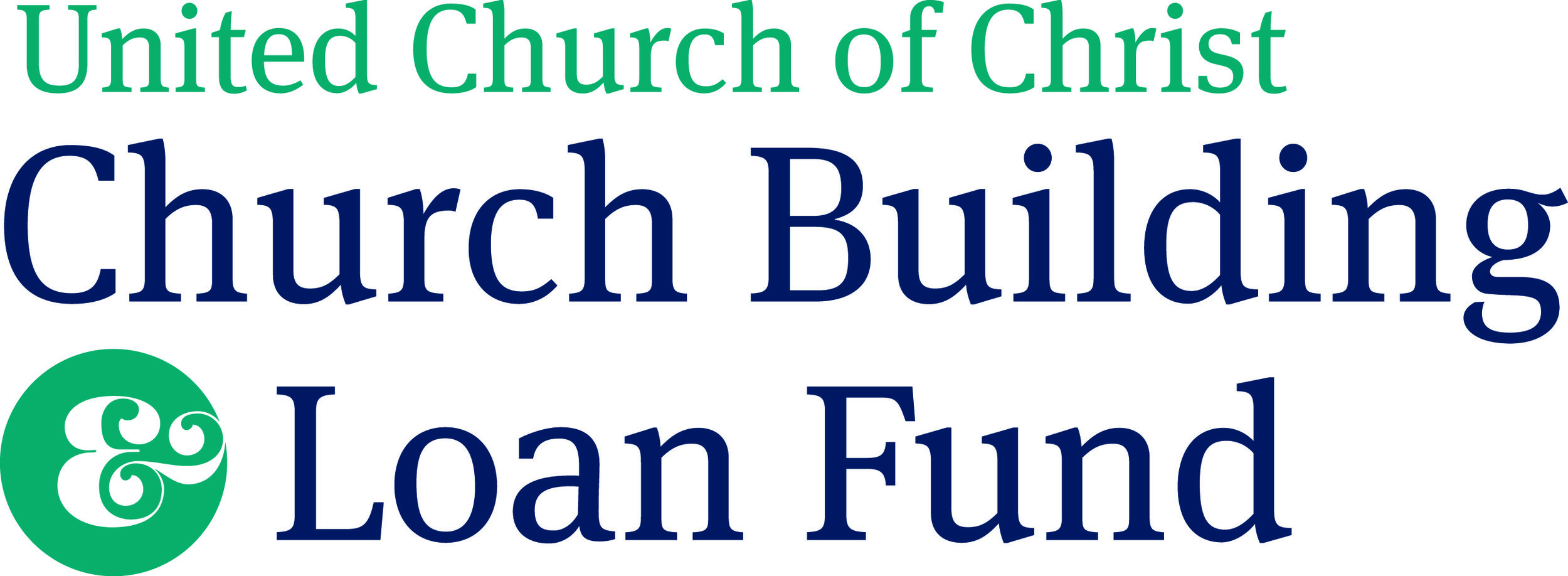Measuring the End of Poverty
by the Rev. Dr. Patrick G. Duggan
Half of the population of the United States is poor or low income and yet Americans are conditioned to believe that poverty is an injudicious choice by people who have ample opportunity to prosper. The flaunting of wealth and affluence in our media, extreme wealth in the U.S economy, and the ethos of our consumerist culture create a sense that poverty is the exception, not the rule. Millions of families have fashioned their lifestyles to never see poor people, distancing themselves from the need to alleviate oppression. Solutions to poverty are absent from political discourse. Presuming that poverty is a sociopathic disorder, theologians, social theorists and government officials construct policies that punish poor people.
In the fourth chapter and eighteenth verse of the Gospel according to Luke, Jesus launches his earthly ministry by announcing his core purpose to a gathering of Jews at the temple:
“The Spirit of the Lord is upon me,
for he has anointed me to bring Good News to the poor.
He has sent me to proclaim that captives will be released,
that the blind will see,
that the oppressed will be set free,
and that the time of the Lord’s favor has come.”
In this announcement Jesus clearly states the source of his redemptive power (the Holy Spirit) and that the poor, the bound, the blind and the oppressed are the persons through which redemption would come to all. Jesus announced that he had come to end poverty and all of its oppressive, debilitating conditions.
He does not explicitly state it in Luke 4:18, but Jesus clearly implies that poverty is a defect of human civilization, not the pathology of misguided humans. People do not choose poverty. Poverty is created by systemic economic oppression and evil social design, masked by deception, and perpetuated by corrupt and deceitful rhetoric (bad news). Though complex and relentless, poverty has a discernible cause, and therefore poverty can be eliminated. Ending poverty was why Jesus came, and what Jesus came to accomplish.
Two thousand and fifteen years after Jesus’s birth, the United Nations announced its 2030 Agenda for Sustainable Development which contains seventeen Sustainable Development Goals to end poverty, protect the planet and ensure prosperity for all ( 17goals.org) . The first three goals are to:
End poverty in all its forms everywhere.
End hunger, achieve food security and improved nutrition and promote sustainable agriculture.
Ensure healthy lives and promote well-being for all at all ages.
In addition to the 14 remaining goals, there are 169 targets the UN has set to achieve the goals.
The announcement of the SDGs was followed by a comprehensive analysis of the cost to achieve the goals in 15 years, $1.4 trillion per year or $21 trillion. The UN and its affiliated agencies have enlisted the involvement of national governments, global banking and commercial sectors to join in the gargantuan effort to end extreme poverty. Most recently, the Alliance for Religions and Conservation convened a gathering of global faith traditions, including the United Church of Christ, to join in the work of transforming the economy for good. (Click here to for a copy of the Faith in Finance publication.)
The SDGs represent a tremendous opportunity for Christians to reconnect with our purpose. The SDGs undermine the American fantasy of poverty, naming it in 17 of its manifestations, even giving it a target date and an investment goal. All that is left for the church to do is to discern the goals we will work on, develop a strategy and budget for the dollars we will invest in our projects, and get to work for the next 13 years. Yes, our congregations will have to identify metrics that will demonstrate the specific impactsthat our efforts will make toward the respective SDGs that we choose to affect. (Read here, here, and especially here for more on developing metrics for your church activities and investments.) When 2030 comes, we want to be able to report exactly what we have done to end poverty, how much of our operating budgets and missional giving went to accomplishing the SDGs, and the unique transformation that was wrought by the targeted investments of our congregations’ time, energy and resources.
Working together from many points of entry, we can pursue Christ’s most urgent priority. Thanks to the United Nations, we have clarity on the scope of the problem. We can shape our strategies to fit our capacities to act. We can target the work we want to do, and know how we are performing toward goal. We can measure the end of poverty.
